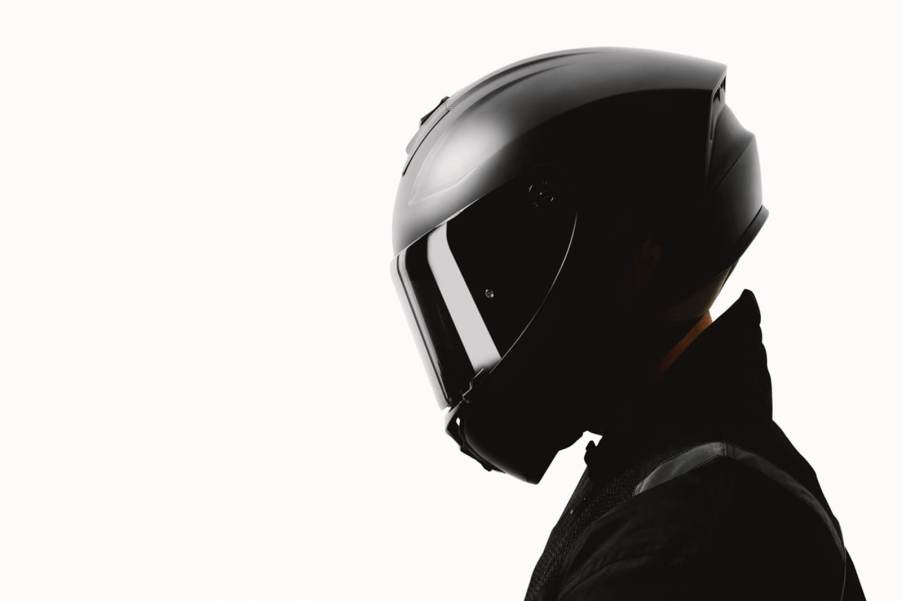
How Many Types of Motorcycle Helmets Are There?
Unless you’re in the know, you’ve likely seen all sorts of confusing styles of motorcycle helmets on riders. Some have visors, some allow the rider to raise the entire chin piece and visor, and some are open to debate on whether they constitute a helmet at all. So, just how many types of motorcycle helmets are there?
Most popular types of motorcycle helmets reside in one of six basic categories
A DOT or Snell-rated helmet is part of any rider’s safety arsenal to survive to ride another day. However, there are many types of motorcycle helmets, from solid, track-ready full-face helmets to open-face “brain buckets.” Furthermore, the National Highway Traffic Safety Administration (NHTSA) recognizes Hi-Viz (high-visibility) helmets as options across the various model types.
- Full-face
- Modular
- ¾ Shell
- Open-face
- Off-road
- Dual-sport
The unequivocal safest type of motorcycle helmet is a full-face helmet. A full-face helmet typically encases the entire head with overlap beyond the jaw-line and a one-piece visor. However, before you rush to purchase a full-face rig, consider the different types of safety classification. For instance, a helmet could be DOT-certified without earning a Snell certification.

A modular helmet might look like a full-face model, but they’re not quite the same. A modular helmet, as the name suggests, adds a layer of modularity to a full-face setup. More often than not, this means a liftable chin piece-visor combination and space for a Bluetooth intercom system. It’s a popular choice for road and dual-sport riders.
Many road riders, especially those in warm climates, will opt for a ¾ shell or open-face type of motorcycle helmet. A ¾ shell covers a rider’s ears around the nape of the neck. However, “half-helmets,” the least protective type of open-face setup, often leave the face, neck, and ears unprotected. Consequently, you might hear half-helmets referred to as “brain buckets.”
For motorcyclists with their sights set on road and off-road riding, dual-sport helmets can bridge the gap. However, most dual-sport and traditional off-road helmets feature a prominent chin bar and no fixed or retractable over-eye visor. Instead, dual-sport and off-road helmet models often have an extended sun visor. However, that means riders will likely require goggles or riding glasses with these helmets.



